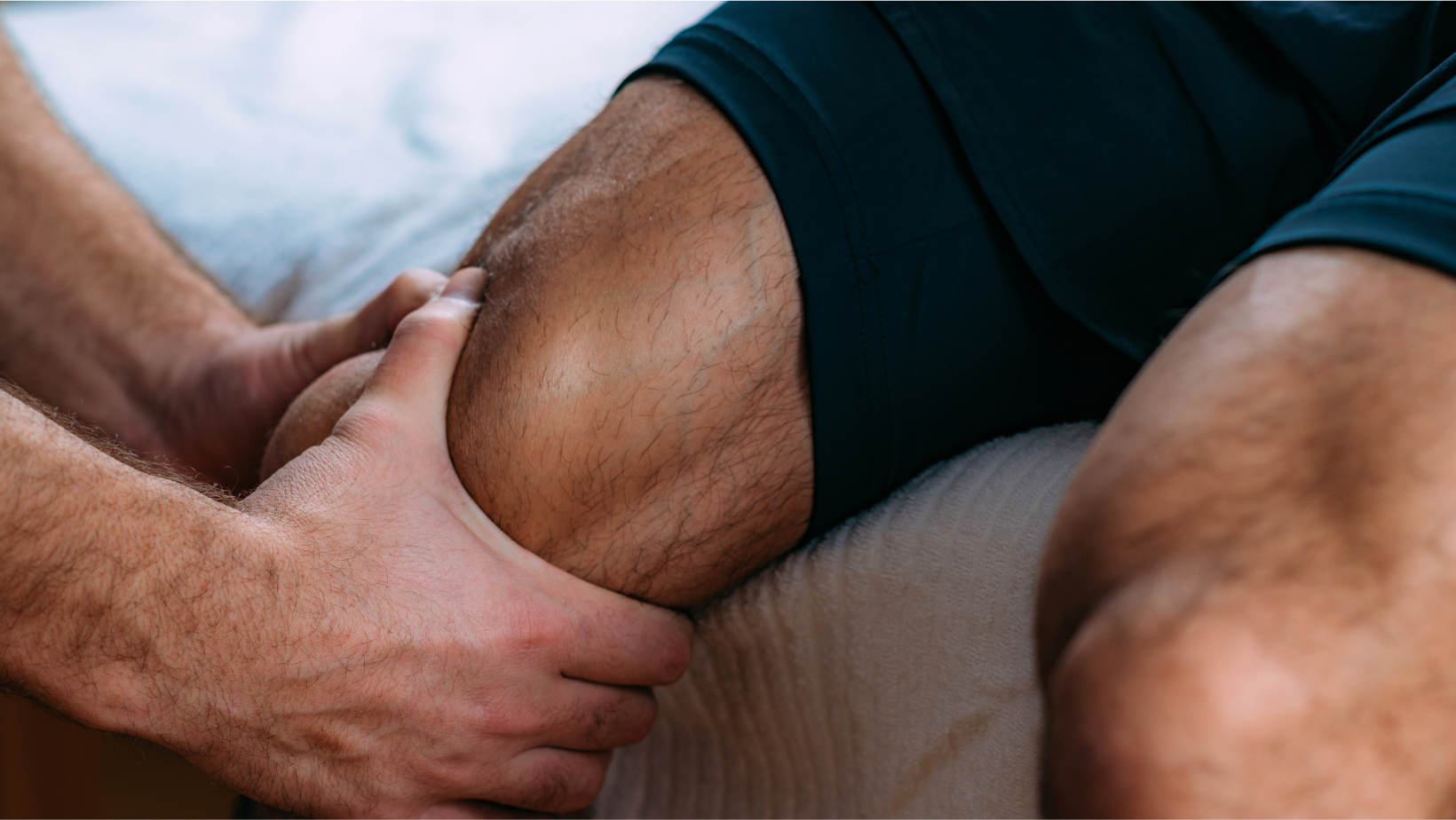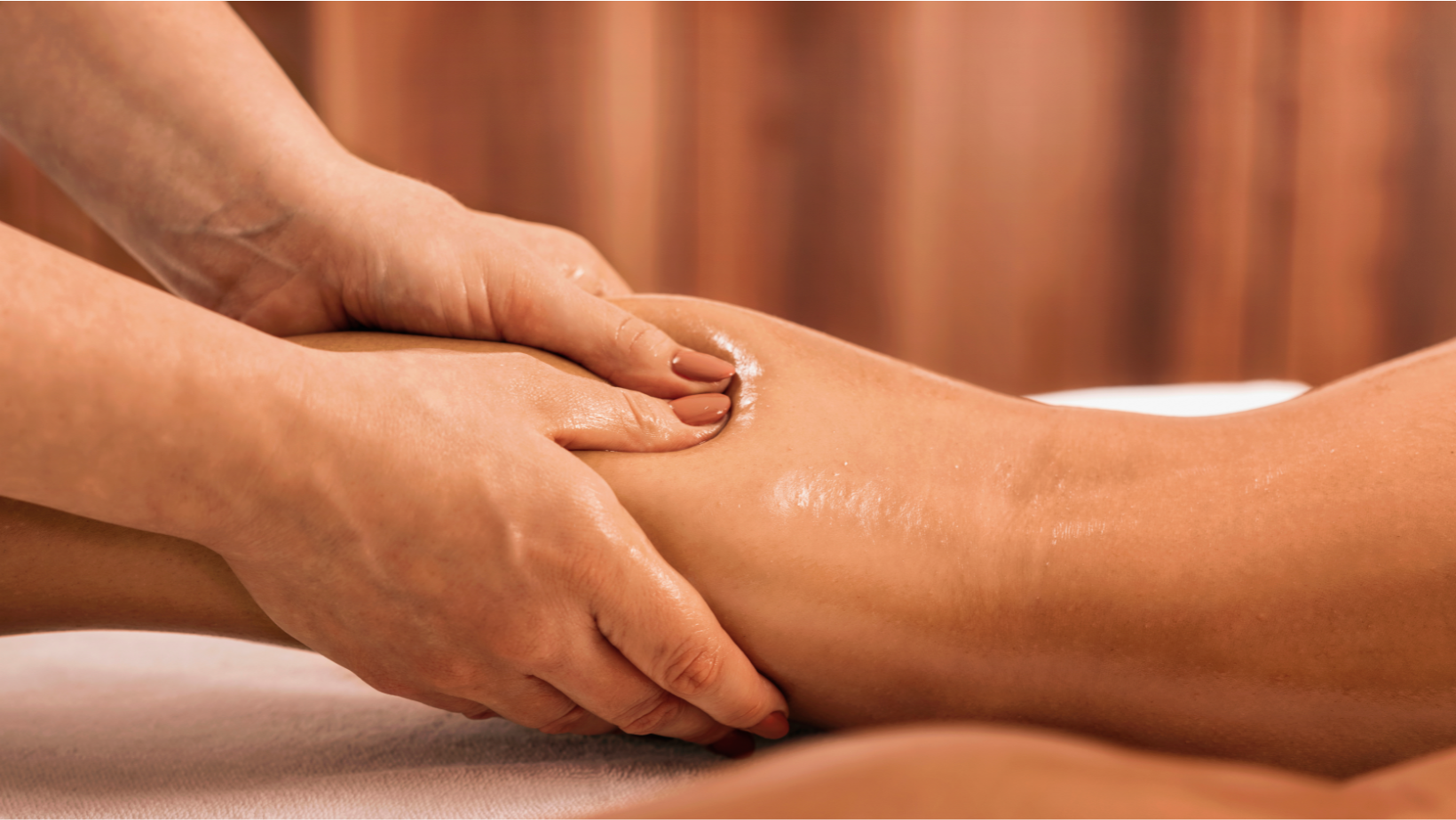The Science Behind Podiatric Biomechanics: Understanding Foot Function and Treatment
When it comes to foot health and the diagnosis of lower extremity conditions, podiatric biomechanics plays a crucial role. This fascinating field combines the principles of biomechanics with the expertise of podiatry to analyse the structure, alignment, and movement of the feet and lower limbs. In this blog, we will delve into the realm of podiatric biomechanics, exploring its significance in understanding foot function and how it aids in the diagnosis and treatment of various foot conditions.

1. The Basics of Biomechanics:
Biomechanics is the study of how forces and movements affect the human body. In the context of podiatry, it focuses specifically on the feet and lower limbs. By examining the forces acting upon the foot during various activities like walking, running, and jumping, podiatric biomechanics aims to identify abnormalities or imbalances that can contribute to foot pain, injuries, and other related conditions.
2. Foot Function and Gait Analysis:
One of the key aspects of podiatric biomechanics is the analysis of foot function and gait. Gait analysis involves observing and measuring how an individual walks or runs to identify any irregularities or deviations from the normal pattern. Podiatrists use sophisticated equipment, such as pressure plates and motion capture systems, to assess factors like foot pressure distribution, timing of movements, and joint angles. This information helps them understand how forces are distributed across the foot and identify any biomechanical abnormalities that may contribute to foot problems.
3. Understanding Biomechanical Abnormalities:
Podiatric biomechanics helps identify various abnormalities that can affect foot function, such as:
a. Overpronation: This occurs when the foot rolls excessively inward during walking or running, potentially leading to conditions like flat feet, plantar fasciitis, shin splints, and knee pain.
b. Supination: The opposite of overpronation, supination refers to an excessive outward rolling of the foot. It can result in issues like high arches, ankle instability, stress fractures, and lateral ankle sprains.

c. Leg Length Discrepancy: When one leg is shorter than the other, it can cause an imbalance, leading to foot, ankle, knee, or hip problems. Podiatric biomechanics can help determine the extent of the discrepancy and guide appropriate treatment options.
4. Treatment Approaches:
Based on the findings of biomechanical assessments, podiatrists can employ several treatment approaches to address foot conditions:
a. Orthotics: Custom-made shoe inserts, called orthotics or orthoses, are designed to provide support, correct alignment, and redistribute forces to alleviate pain and improve foot function.
b. Footwear Modifications: Podiatrists may recommend specific footwear modifications, such as using shoes with appropriate arch support, cushioning, and stability features to accommodate biomechanical needs.
c. Exercise and Rehabilitation: Targeted exercises, stretches, and physical therapy techniques can help strengthen muscles, improve flexibility, and correct imbalances contributing to foot problems.
d. Biomechanical Taping: Taping techniques can provide temporary support and realignment to alleviate pain and promote healing in certain foot conditions.
5. Prevention and Long-Term Foot Health:
Podiatric biomechanics is not limited to treating existing conditions but also focuses on preventing future foot problems. By identifying and addressing biomechanical abnormalities early on, individuals can adopt strategies such as proper footwear selection, maintaining a healthy weight, engaging in regular exercise, and practicing good foot hygiene to optimize foot function and prevent injuries.
Podiatric biomechanics provides a comprehensive understanding of foot function, gait patterns, and biomechanical abnormalities. By utilising this knowledge, podiatrists can accurately diagnose and prevent short, medium and long term conditions that can impact on daily and sporting lifestyles.
Chelmsford Physio
Riverside Leisure Centre, Victoria Rd, Chelmsford CM1 1FG
GET IN TOUCH
Chelmsford Physio
Riverside Ice and Leisure Centre,
Victoria Road
Chelmsford
CM1 1FG
Tel:
01245 895410
Email:
hello@chelmsfordphysio.co.uk
STAY CONNECTED
Join our newsletter and find out more
Contact Us
Thank you for signing up!
Please try again later



